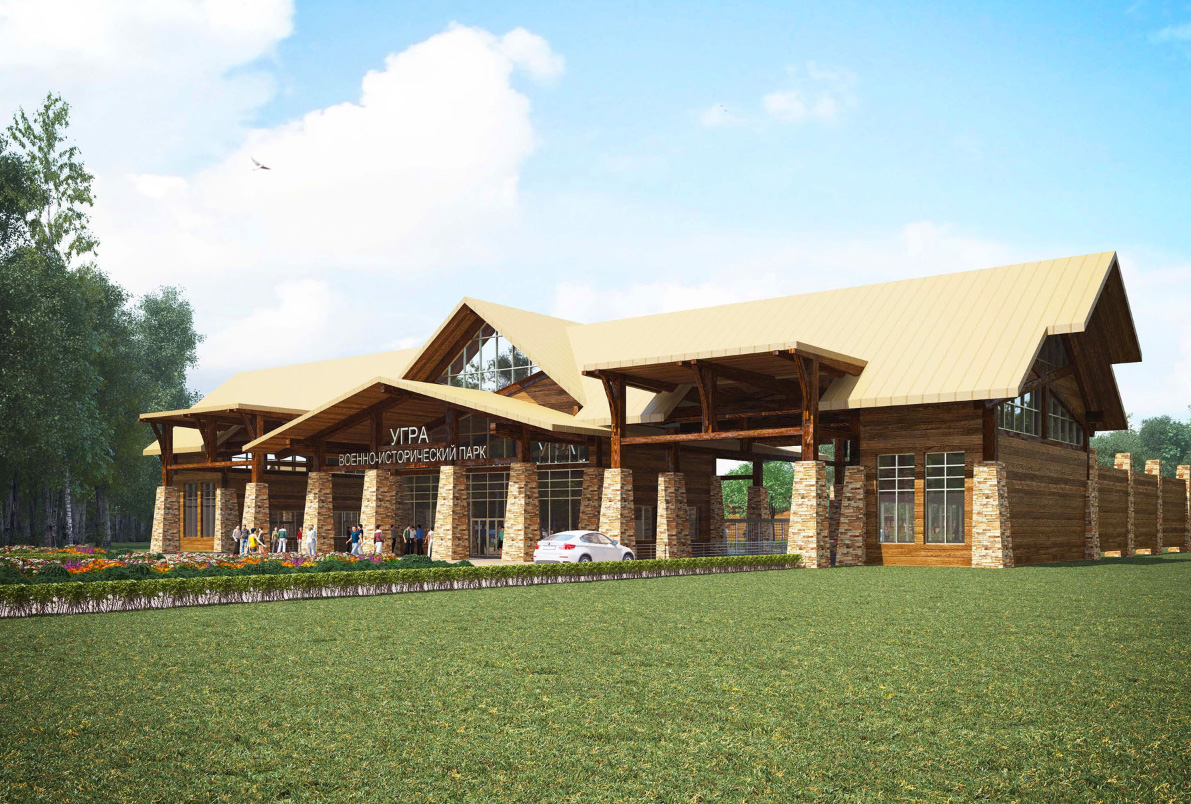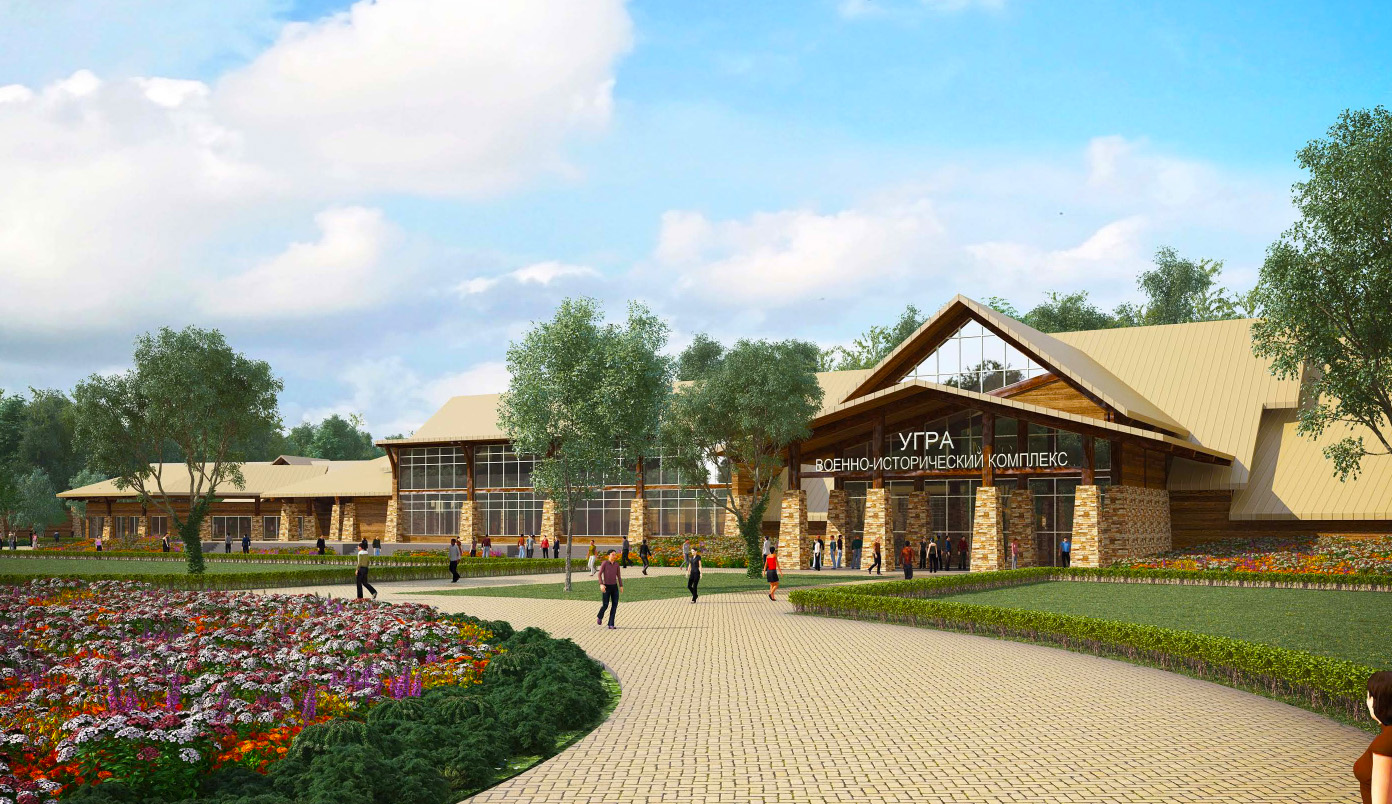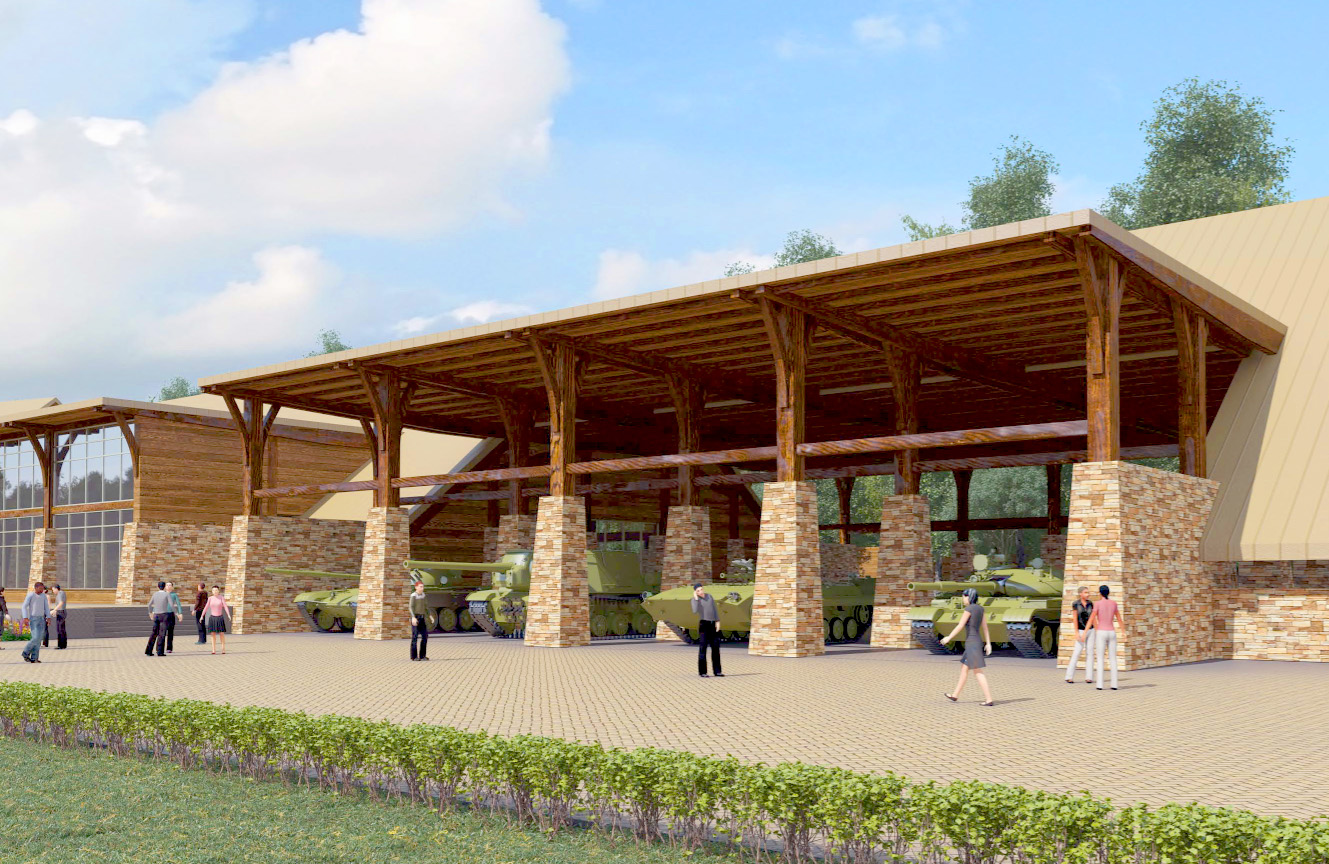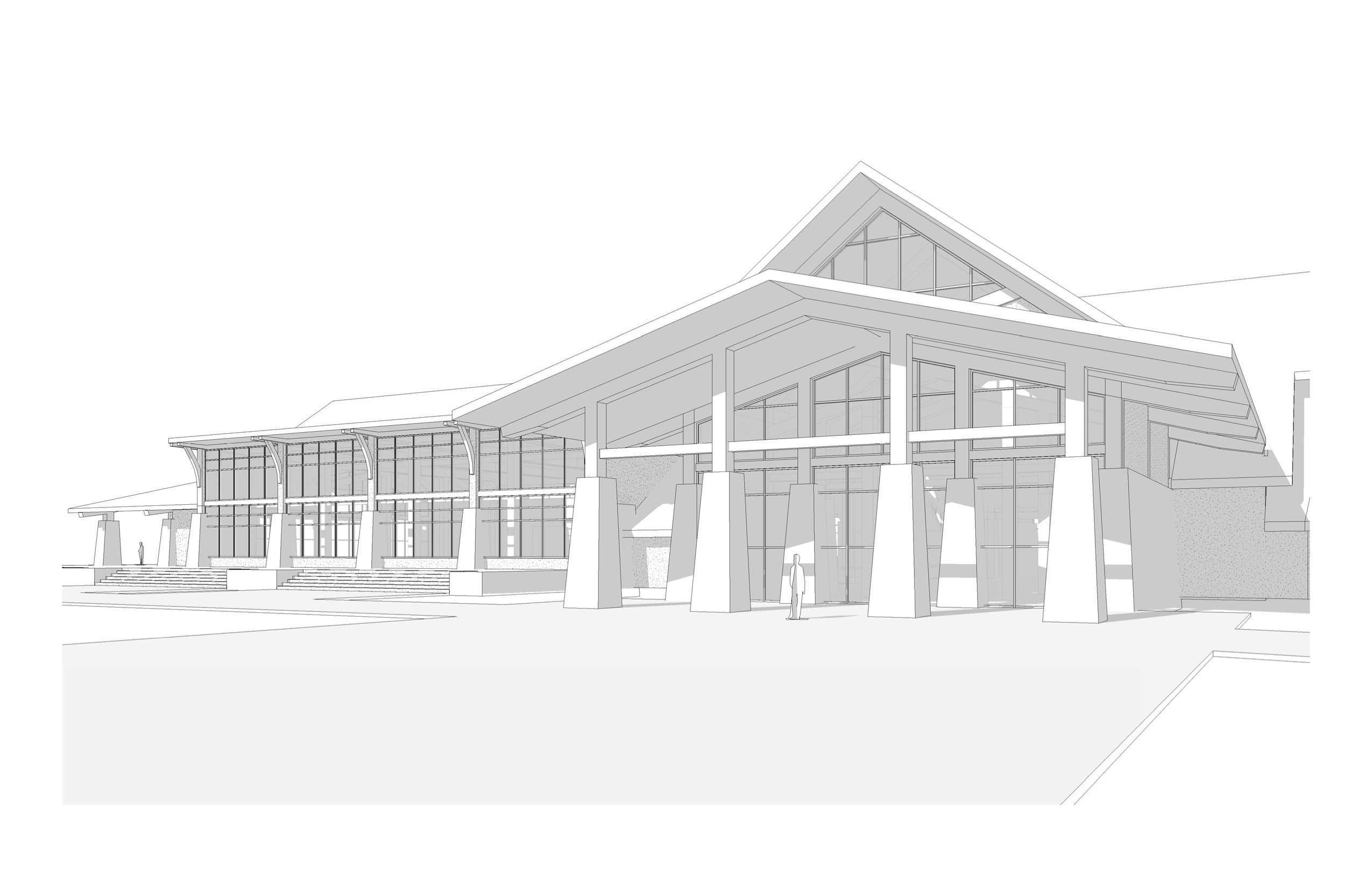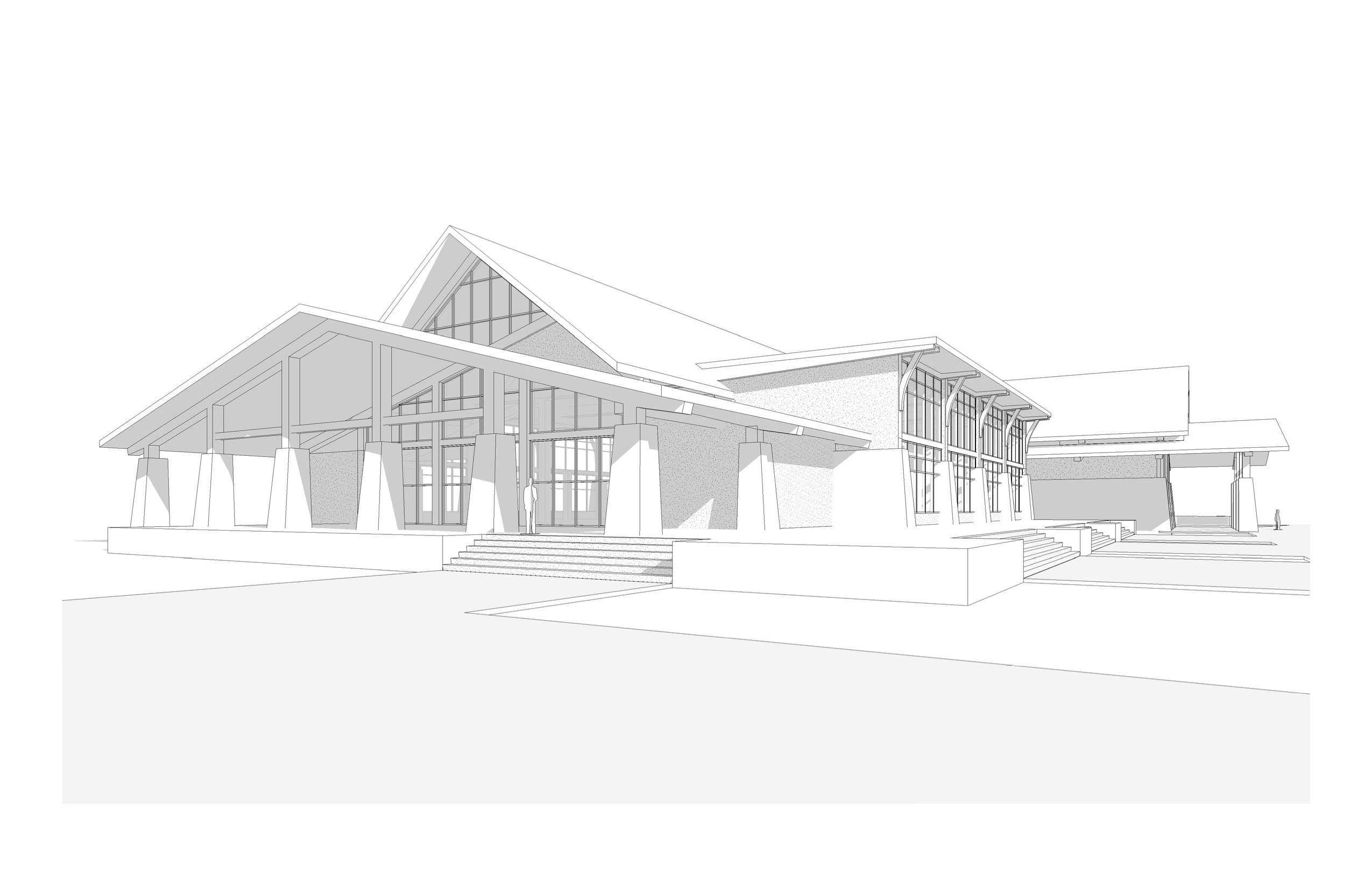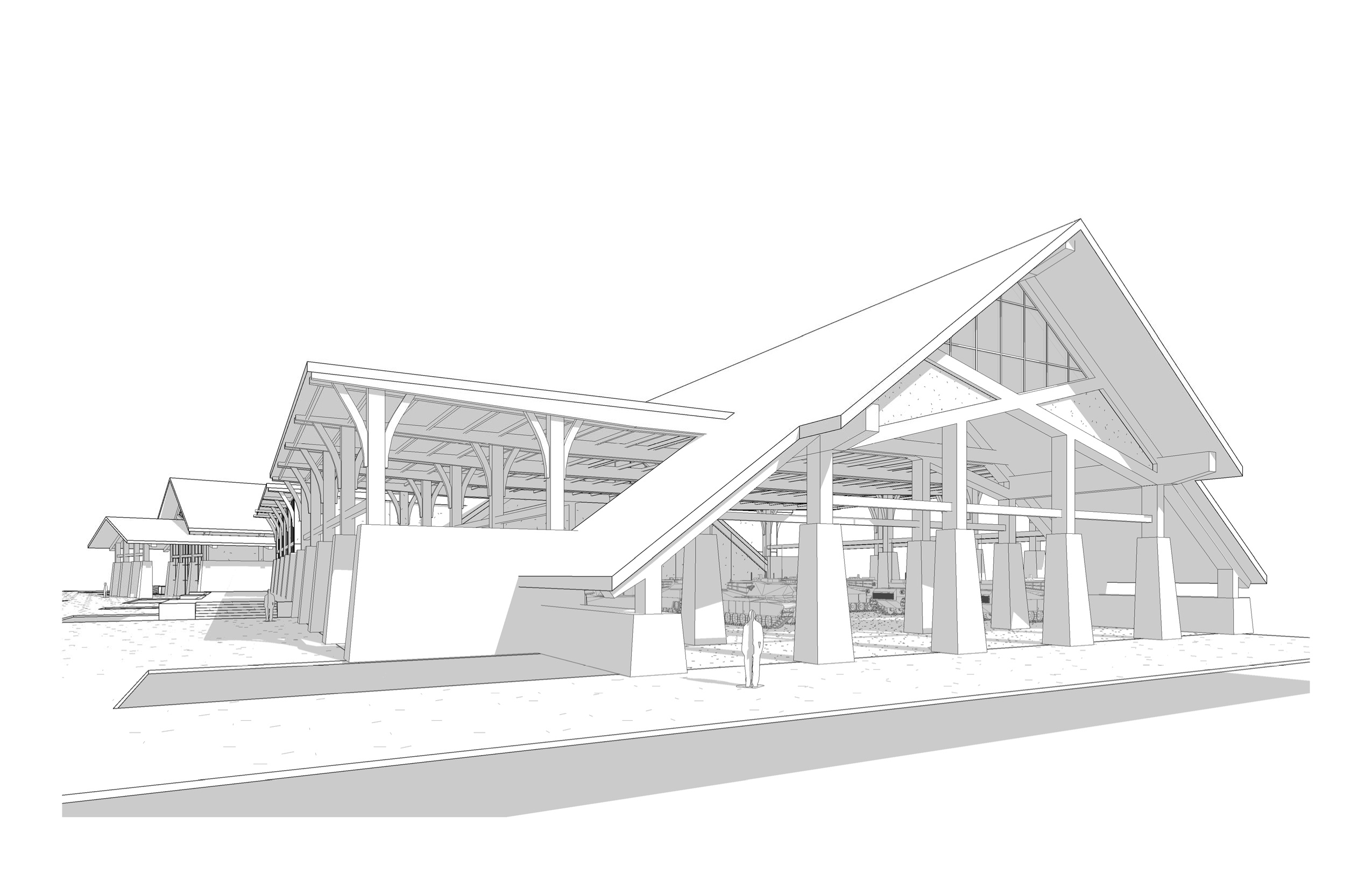

PROJECT: Military History Park
LOCATION: Moscow, Russia
FIRM: Sakoian International, LLC / H2L2 Russia
PIC: John Michael Sakoian, Jr. / Agatha Christy
DESCRIPTION: The Military History Park is to serve as a conference center, a military history museum & a four seasons recreation facility. Building Design is by Sakoian International, LLC in cooperation with H2L2 Russia and the Russian Ministry of Nature Conservancy. This 450 acre park space is being developed to honor the military history of Russia and harbor a strictly private collection of related artifacts and war machinery.
Surrounded by a protected animal sanctuary, the park will serve also as a nature retreat space geared toward both education and outdoor activities ranging from horseback riding, ice skating, cross country skiing, soccer. A large indoor dining area, recreation center, visitors center and outdoor amphitheater will all serve as central hubs of activity. VIP areas are include for simultaneous private and public functions and large openings and terraces ensure a flexible and continuous flow of indoor and outdoor activity.
The most remote portion of the park is reserved for a Church, rental cabins and private residences. The master plan is a public to private hierarchy which incorporates a free flowing layout of circulation spaces. Gentle curves and slopes will be incorporated into the circulation pattern to encourage small gathering spaces and allow for bridges to pass over virgin natural terrain.
Timber framing is the main structural design strategy for all the buildings within the Military history Park. This decision is based on several factors:
Included in the exhibit are 10 tanks which are operational and open to the general public for rides. An active machine and restoration shop will also be onsite to service and maintain the wide variety of machinery on display and in use.
